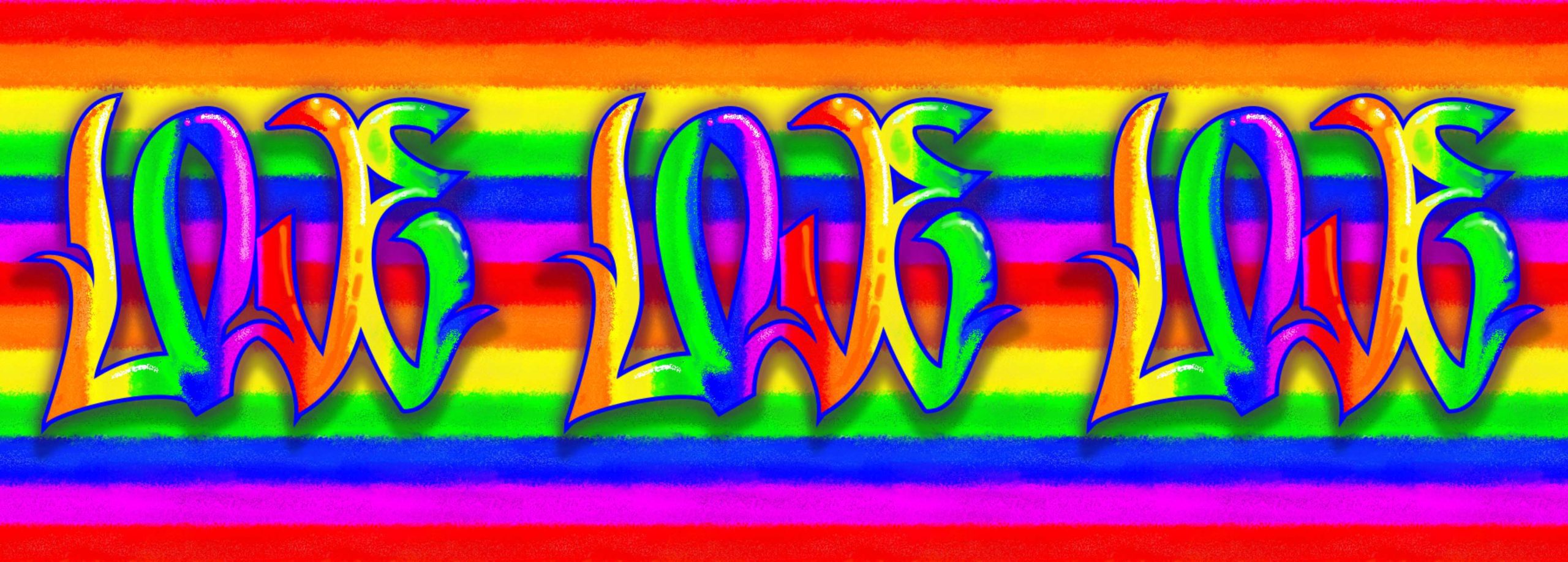Graffiti Art in Design


Graffiti art, also known as street art, is a form of artistic expression that originated in the urban environment. Graffiti artists use a variety of media, including spray paint, markers, and stencils, to create their works, which are often executed on walls, buildings, and other surfaces in public spaces.
Graffiti art has a long and complex history, with roots dating back to ancient civilizations. In ancient Rome and Greece, for example, graffiti was often used as a form of political commentary, with citizens writing messages on walls and buildings to express their opinions and views on current events.
In more recent times, graffiti art has become closely associated with the urban environment, and it has been used as a way for artists to express their opinions and feelings about the world around them. In the 1960s and 1970s, graffiti art began to emerge as a form of political activism, with artists using their works to comment on social and political issues.
Today, graffiti art continues to be an important cultural phenomenon, and it is widely recognized as a legitimate form of artistic expression. Graffiti artists often use their works to comment on social and political issues, and their art can be seen as a form of resistance against the dominant cultural norms and values.
One of the key characteristics of graffiti art is its location in the urban environment. Graffiti artists often work in public spaces, and their works are often visible to a wide audience. This visibility is an important aspect of graffiti art, as it allows artists to reach a large number of people and to engage with the public in a direct and immediate way.
Another important aspect of graffiti art is its ephemeral nature. Unlike traditional forms of art, which are often preserved in galleries and museums, graffiti art is typically temporary, and it can be erased or covered up by the authorities or by other artists. This transitory nature gives graffiti art a sense of urgency and immediacy, and it adds to its cultural significance.
In recent years, graffiti art has also become more mainstream, and it is increasingly being recognized as a legitimate form of artistic expression. Graffiti artists are now being exhibited in galleries and museums, and their works are being collected by private individuals and institutions. This recognition has helped to bring graffiti art into the mainstream, and it has helped to raise its cultural profile.
Overall, graffiti art is a complex and dynamic cultural phenomenon that continues to evolve and change. With its roots in the urban environment and its association with political activism, graffiti art is an important form of artistic expression that continues to have a significant impact on contemporary culture.
Be the first to comment